KGB "A" special group - a powerful weapon of anti-terror
The “A” administration of the KGB of the Soviet Union is better known under the name “Alpha” throughout the world. The main task, which was set before the division, was to conduct operations aimed at preventing terrorist attacks. To date, the fighters of the unit, which is under the control of the Federal Security Service of the Russian Federation, are involved in operations conducted in “hot spots”.
Group A was created on July 29 1974 of the year by order of Yuri Andropov, who served as chairman of the KGB. The main task that Andropov set before the head of the Seventh Directorate of the KGB of the USSR, Mikhail Milyutin, was to create a unit that would be able to resist terrorism. And such a bright and memorable name - “Alpha” - did not appear immediately, but much later thanks to journalists. And at the beginning of its formation, the group bore the name of a much more modest - "A".
The formation of the unit began immediately after receiving the order of Andropov. Initially the group consisted of 30 people. These were the best shots that the KGB had at that time. It should be noted that they were not only in good physical and combat form, but also distinguished by a good education, it is enough to recall that among the fighters of the first composition of the subdivision there was one graduate of the law faculty, as well as graduates of the pedagogical institute and aviation technical school.
Initially, the group was conceived as a very narrow anti-terrorism unit, which specialized in preventing theft of aircraft. Gradually, however, their functions expanded, and the group became a powerful structure in the fight against terrorism.
As soon as the unit was formed, the fighters began training. The first years were rather difficult, because in the world they were just beginning to fight terrorists, so much was new, incomprehensible. Many problems arose with the equipment, since it was necessary to take into account such factors as quietness, comfort and durability. Much time was devoted to the development of special means by which it was possible to neutralize the militants without risking hostages. A huge number of training operations were conducted, during which various tactics and methods of behavior in extreme situations were worked out. In addition, parachute jumps, orientation, mine-disruptive work were practiced. As for weapons, in the first period of their existence, the fighters were armed with Czech-made Scorpions. In the structure of the group was formed and the unit, which was prepared to fight against underwater saboteurs and terrorists. In addition, the fighters were trained in Cuba and the Baltic.
Over time, the Alpha headquarters has accumulated a large number of plans for strategic objects that existed not only in the capital, but throughout the country: embassies, airports, stations, and for each of these objects there were certain developments. Division participants also studied the principles of the device of various vehicles. Since fighters often had to deal with people unbalanced, unpredictable, so much attention was paid to psychological preparation. And very often it was thanks to her that she managed to neutralize the terrorists without making a single shot.
The first commander of the unit was V. Bubenin, but after 4, he asked for his previous duty station. For several months, his duties were performed by Colonel R. Yvon, and then the group was led by Major General G. Zaitsev, who led it for 10 years. In subsequent years, the Directorate was headed by Major General V. Karpukhin and Colonel M. Golovatov. Then, in the 1992 year, this position was again in the hands of Zaitsev. In the last years of the last century and to date, the group was led by Lieutenant-General A. Gusev and A. Miroshnichenko, as well as V. Andreev. Since 2003, this position has been held by V. Vinokurov.
To date, there are several versions of which operation was the first in stories Alpha’s activities. Some experts believe that the group’s activities began almost immediately after the formation, when students staged a demonstration at the Togo office and blocked the Ethiopian embassy with demands to increase scholarships. But this first operation ended peacefully, without using weapons. According to other experts, the first operation of the unit was carried out only in December 1976, when the Alpha soldiers accompanied the dissident V. Bukovsky to Zurich, where he was exchanged for the general secretary of the Chilean Communist Party, Corvalan. Despite the fact that the situation was strained to the extreme, on the whole, everything ended successfully, and Corvalan was brought to Moscow.
And, finally, the third version of the beginning of the activity of Group A is the operation to neutralize the unknown, who in March 1979 entered the American embassy with demands to allow him to leave for America. In the event of non-compliance, he threatened to blow up the building. The fighters began negotiations with a terrorist, and, despite the fact that they had no result, they still managed to put the intruder's vigilance down for a certain time. And yet the explosion could not be avoided, with the result that the terrorist himself died from his injuries on the way to the hospital.
Perhaps one of the most striking and well-known operations of the special forces is the assault on Amin’s palace in Afghanistan in December 1979, after which Soviet troops occupied the country. As a result of the assault, only five Alpha fighters were killed, while practically all other special forces were injured of varying degrees of severity. This operation was the first real baptism of group “A”, which it went “perfectly well”, making it almost impossible.
After the unit returned to Moscow in 1980, its fighters were assigned to guard the Olympic facilities (that year the Olympic Games were held in the capital). The group's main tasks included checking ships, as well as guarding Yasser Arafat, one of the most honored guests of the Moscow Olympics.
In December, 1981, in Sarapul, two soldiers took 25 students hostage along with a teacher. They immediately began to negotiate with the terrorists and even before the arrival of the Alpha fighters they even managed to persuade them to release the girls and the teacher. And since the terrorists demanded departure to any of the capitalist countries, this made it possible to gain time, allegedly on paperwork, and in fact to prepare for the operation. Several Alpha fighters made their way into the building and were ready to storm. But there was no need to shoot, because the terrorists, having received a passport, released all the remaining hostages. After that, the Alfists did not prevent anything from breaking into the room and disarming the terrorists.
The next operation was carried out in November 1983, when terrorists seized the Tbilisi-Leningrad plane and demanded to fly to Turkey. For intimidation, they shot a flight mechanic and a pilot, beat flight attendants. And since the crew members had a weapon, there was a firefight, during which one of the terrorists was wounded. In response, two passengers were shot. The crew managed to return the plane back to Tbilisi, where the Alpha division carried out another brilliant operation without losing a single hostage. The fighters entered the salon and disarmed the terrorists.
Something similar happened in September 1986 of the year when the Lviv-Nizhnevartovsk Tu-134А plane was hijacked. During the capture, the terrorists (two deserter soldiers) opened fire and immediately killed several passengers. They demanded to fly to Pakistan. Negotiations were started with them, but they did not bring results. In addition, the terrorists damaged the airtightness of the aircraft, which turned out to be in the hands of the special services, as they were able to win 12 hours for repairs. This time was far from superfluous, since the terrorists were not at all amateurs, they served in the internal troops to free the aircraft from terrorists, so they knew well how to get into the plane and could easily guess Alpha's moves. And it is not known how the situation would have been further, if the terrorists had not demanded drugs. They got what they needed, but together they got a potent sleeping pill. One of the terrorists fell asleep, and the second agreed to release the hostages. After that, the special forces immediately proceeded to the assault, as a result of which one terrorist was killed and the second one was injured.
Then there were operations to free the children who were taken hostage in December 1988 of the year in Ordzhonikidze, and detain the gang of “Gray” in August of 1990 in Yerevan.
In the 1990-ies in the "Alpha" there were about 500 fighters. After the KGB sank into oblivion, the unit came under the control of the Main Directorate of the Protection of Russia. A little later, in the 1995 year, it became part of the FSB and transformed into the "A" Office.
The modern history of the activities of Group A began in 1991 with the capture of a television tower in Vilnius. Then, in August of the same year, well-known events occurred in Moscow, when the city was, in fact, in a state of martial law (the “alfovtsy” then refused to participate in the storming of the White House). A similar situation repeated in October 1993 of the year, but this time the Alpha fighters went to the liberation of the government building. After this operation, in the fate of the unit there were significant changes, its fighters were removed from the protection of the head of state.
No less well known is the tragedy in Budyonnovsk in July 1995, when terrorists Shamil Basayev seized the hospital with hostages. It was in the operation in Budyonnovsk that Alpha suffered the greatest losses in the entire history of its existence.
Alpha carried out successful operations in August 1995 of the year in Moscow to detain illegal arms dealers, in October 1995 of the year to free hostage tourists from South Korea in Moscow, in January 1996 of Kizlyar, in December of 1997 of Sweden, in 1999 -2004 in Chechnya and Dagestan (during local armed conflicts), in July 2001 in Mineralnye Vody.
One of the most significant and tragic events of the beginning of the new century was the seizure by terrorists of the Moscow theater Nord-Ost. The terrorists demanded that the Russian government withdraw its troops from Chechnya. Despite the fact that all the militants were destroyed, 129 hostages died as a result of the use of gas. Several Alpha fighters received injuries of varying degrees of severity and contusion.
Today, Alpha continues its anti-terrorism activities. This unit is rightfully recognized as an elite. It always gets the latest models of weapons and equipment, and the fighters are constantly improving their skills at training bases. They have a unique experience that makes them a serious opponent.
The Alpha division is recognized as one of the best in the fight against terrorism, and this is claimed not only by Russian experts, but also by most anti-terror specialists from around the world.
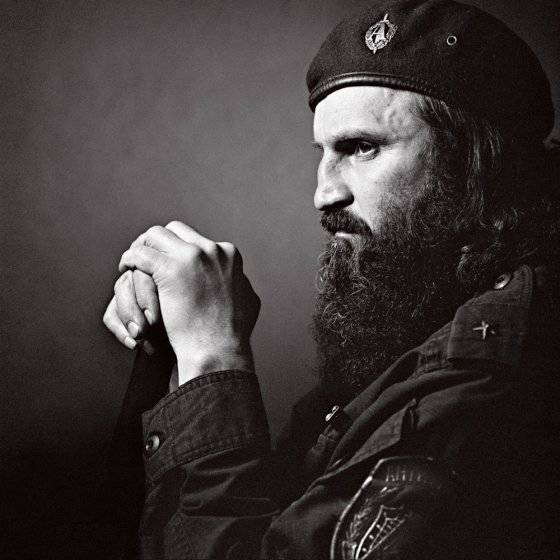
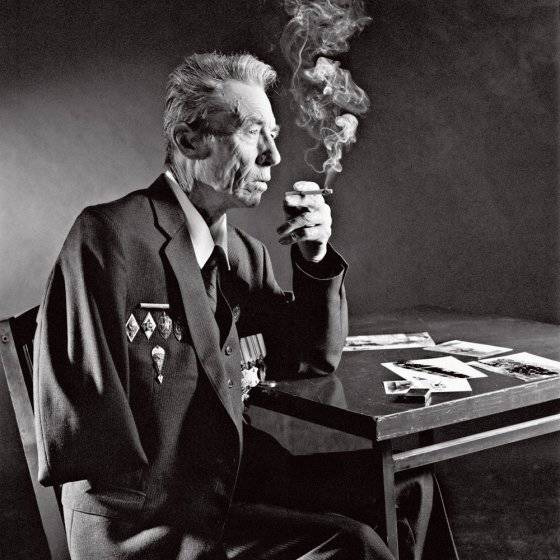
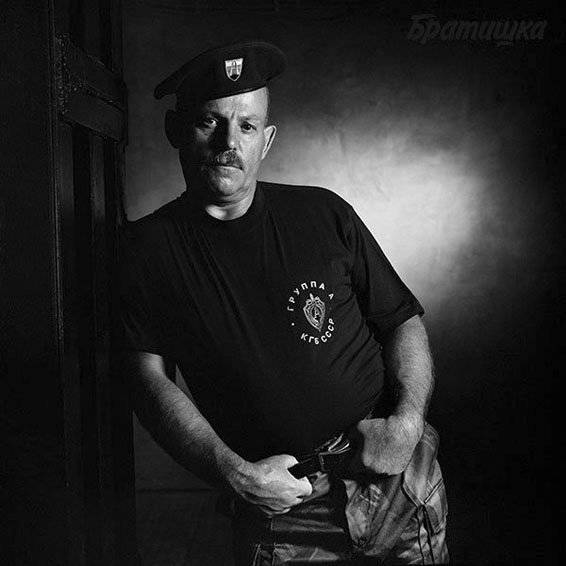
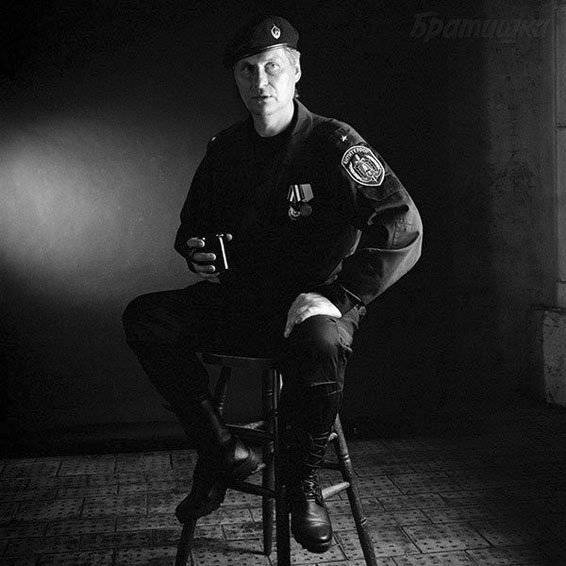
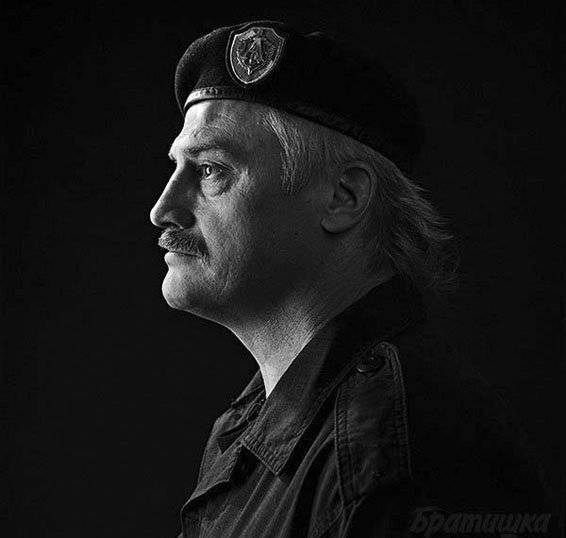
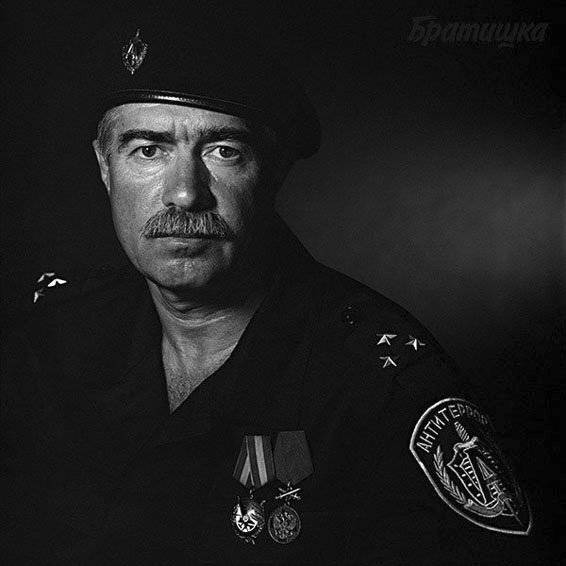
- Valery Boval
- Dmitry Belyakov
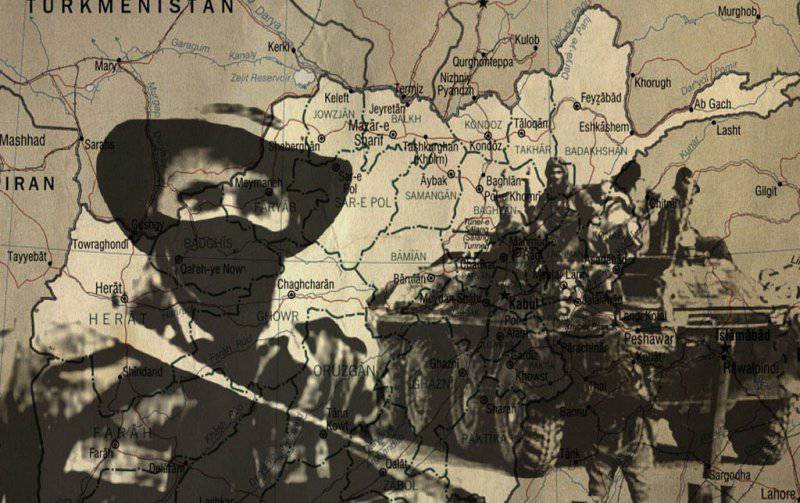
Information